DNG to LWP converter for your favorite photos
This online tool will help you to convert files from DNG to LWP or to any other image format. It's safe, easy to use, and completely free. Plus, you can convert as many files as you want.
How to convert DNG to LWP - step by step explanation
If you want to convert your DNG to LWP image, you are at right place! It's not just free and safe, it's very easy to use as well. No matter how many image files you need to convert, you are always only three steps away from it.
STEP 1
Upload DNG files directly from your computer or add a link to them.
STEP 2
After uploading files, click the 'Start conversion' button and wait for the conversion process to finish.
STEP 3
It's time to download your LWP image files. Just click the 'Download' button and get your photos.
You can change DNG to any other existing image extension
DNG TO 3FR, DNG TO ARW, DNG TO BMP, DNG TO CR2, DNG TO CRW, DNG TO DCR, DNG TO EPS, DNG TO ERF, DNG TO GIF, DNG TO HEIC, DNG TO ICNS, DNG TO ICO, DNG TO JPEG, DNG TO JPG, DNG TO MOS, DNG TO MRW, DNG TO NEF, DNG TO ODD, DNG TO ORF, DNG TO PEF, DNG TO PNG, DNG TO PPM, DNG TO PS, DNG TO PSD, DNG TO RAF, DNG TO RAW, DNG TO TIF, DNG TO TIFF, DNG TO WEBP, DNG TO X3F, DNG TO XCF, DNG TO XPS, DNG TO DNG and DNG TO JFIF.
You can also convert LWP to any other image extension
LWP TO 3FR, LWP TO ARW, LWP TO BMP, LWP TO CR2, LWP TO CRW, LWP TO DCR, LWP TO DNG, LWP TO EPS, LWP TO ERF, LWP TO GIF, LWP TO HEIC, LWP TO ICNS, LWP TO ICO, LWP TO JPEG, LWP TO JPG, LWP TO MOS, LWP TO MRW, LWP TO NEF, LWP TO ODD, LWP TO ORF, LWP TO PEF, LWP TO PNG, LWP TO PPM, LWP TO PS, LWP TO PSD, LWP TO RAF, LWP TO RAW, LWP TO TIF, LWP TO TIFF, LWP TO WEBP, LWP TO X3F, LWP TO XCF, LWP TO XPS and LWP TO JFIF.
